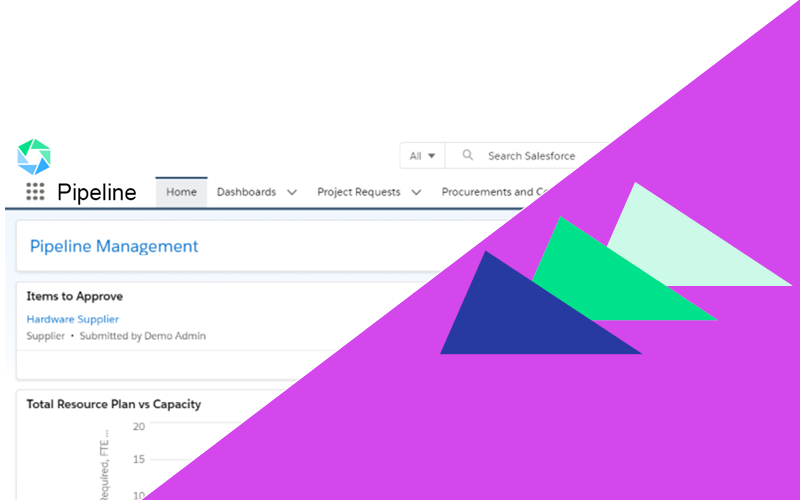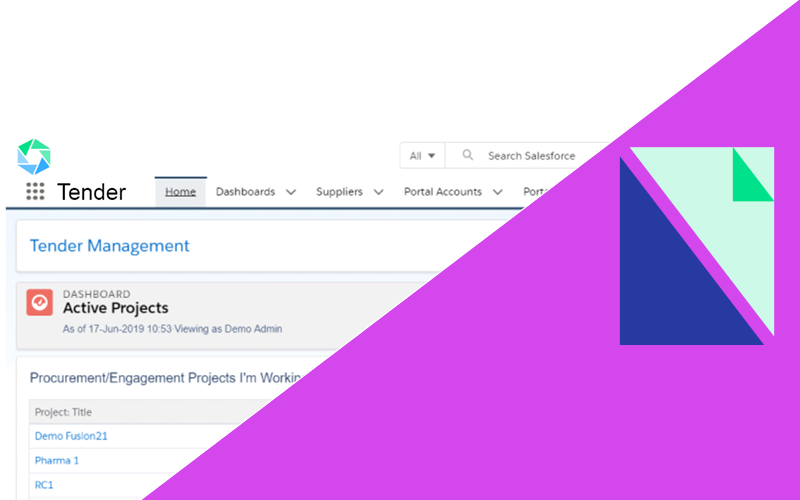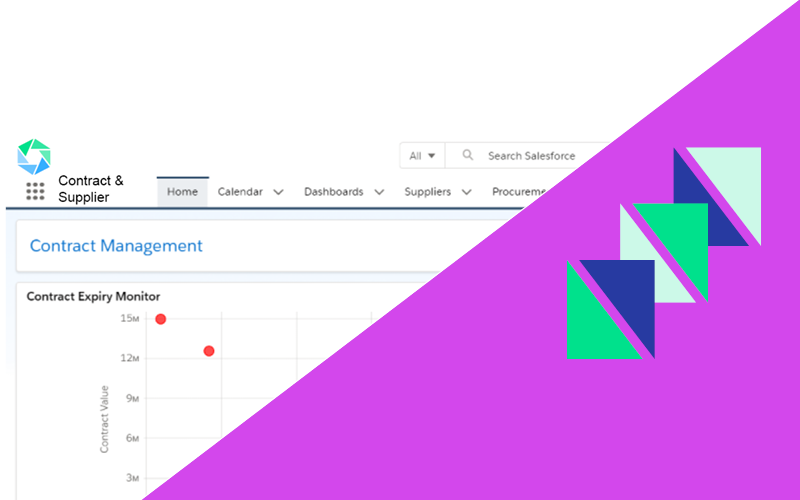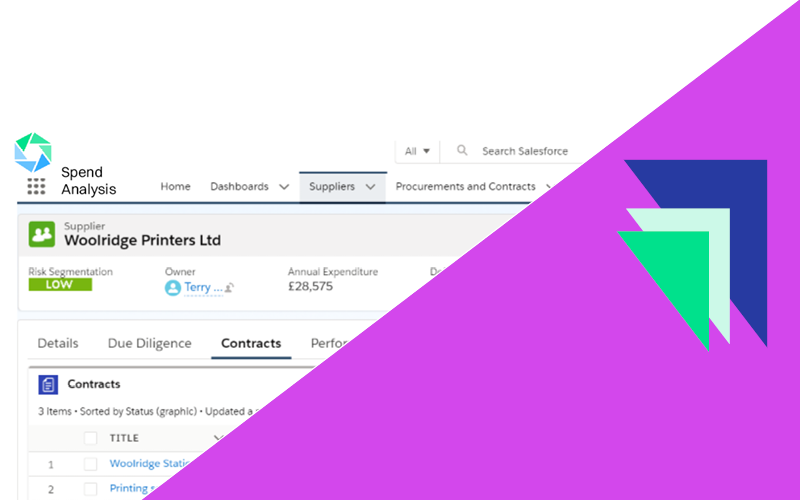Nearshoring, local sourcing, regional supply chain: whatever you call it, it’s a hot topic in procurement.
Nearshoring in supply chain management is the practice of transferring suppliers and service providers to more local options. This strategy is often adopted to reduce the geographical distance between the site of production and the end market, with the main expected positives being better control over the supply chain, reducing transportation costs and improving the speed and flexibility of operations.
In order to implement a nearshoring strategy, procurement teams need the right technology. Modern procurement software features enable organisations to navigate supply chain complexities, manage risk and optimise supplier relationships.
In this article, we’ll explore how procurement software features support nearshoring efforts and ensure supply chain resilience in an unpredictable global market.

Key Benefits of Nearshoring
Risk Mitigation
Nearshoring reduces exposure to the risks associated with long supply chains, for example political instability, tariffs and shipping disruptions.
Improved Responsiveness
Proximity to the market allows for faster response times to changes in demand, opening teams up to just-in-time production and offering a level of agility.
Cost Efficiency
While labour costs may be higher than in traditional offshore locations, savings on transportation, tariffs, avoiding lengthy holding periods in customs and possible VAT benefits may offset these costs.
Compliance and Quality Control
Being closer to production sites enhances the ability to monitor and enforce compliance with quality and regulatory standards. For example, nearshoring may reduce the risk of modern slavery breaches.
Sustainability
Nearshoring can reduce the carbon footprint associated with long-distance shipping, supporting corporate sustainability goals.
Drawbacks of Nearshoring
While there may be many reasons companies may drift towards nearshoring, there are drawbacks associated with the move:
Higher Labour Cost
Compared to traditional offshoring destinations, labour costs in nearshore locations can be higher.
Reduced Talent Pool
The availability of skilled labour may be more limited in nearby countries compared to larger offshoring hubs.
Initial Transition Costs
Shifting operations from distant locations to nearer ones can involve significant initial costs and logistical challenges.
Team Pressure
Any transformation in operations can put additional pressure on a team increasing workload and, potentially, impacting morale.
Procurement teams in 2025 face a multifaceted and challenging landscape. Global supply chains find themselves under constant pressure from geopolitical tensions, economic volatility and environmental concerns.
There is also the rise of protectionism, trade wars and regulatory changes to consider, all of which necessitate a proactive and strategic approach to procurement. Additionally, the growing pressure on businesses to function in a more sustainable way is a key focus for organisations everywhere.
Implementing a Successful Nearshoring Strategy
There are certain actions procurement teams must take to set themselves up for success when implementing a nearshoring strategy:
Conduct Comprehensive Market Analysis
Understanding the local market dynamics, cost structures and supplier capabilities is critical to establishing a regional strategy.
Develop Strategic Partnerships
Building, investing and maintaining strong relationships with local suppliers can enhance collaboration and innovation, particularly if nearshoring is planned as a long-term approach.
Action Procurement Software Features
Using the right procurement software features for supply chain visibility, risk management and efficiency can empower teams to spot risks and opportunities in advance as well as invest in key supplier relationships.
Key Procurement Software Features for Nearshoring Success
Risk Management
Offering tools for real-time risk assessment and mitigation, enabling procurement teams to anticipate and respond to disruptions easier with the right procurement software features.
Supplier Relationship Management
Providing platforms for supplier onboarding and performance tracking to ensure reliable and high-quality supplier relationships and networks.
Data Analytics
Getting your data working for you as a true asset and relying on analytics to forecast demand, optimise inventory and make informed strategic procurement decisions.
Automation
Streamlining procurement processes through automation, reducing manual workload and improving accuracy and wellbeing within your team.
Nearshoring, as is the case with many strategic approaches, presents both opportunities and challenges for companies looking to enhance their supply chain resilience.
Procurement teams must navigate this complex landscape with strategic planning, robust risk management and the support of advanced procurement software solutions. The right tools and approaches can empower teams to build more agile, responsive and sustainable supply chains.
Ready to empower your team with procurement software features you can rely on?
Request a demo today and discover the difference Atamis’ procurement software features can make for your team and your procurement processes.

Ready to empower your team with a procurement software solution you can rely on?
Request a demo today and discover the difference Atamis can make for your team and your procurement processes.
 Our Pipeline App empowers your team to plan ahead and forecast for upcoming procurement activities.
Our Pipeline App empowers your team to plan ahead and forecast for upcoming procurement activities.  The Tender App allows your team to visualise all sourcing activities within your Atamis platform, from issuing tenders to receiving bids.
The Tender App allows your team to visualise all sourcing activities within your Atamis platform, from issuing tenders to receiving bids. Our Contract & Supplier App puts your team in firm control of your key supplier relationships and provides a central repository for all contracts.
Our Contract & Supplier App puts your team in firm control of your key supplier relationships and provides a central repository for all contracts.  Our Enhancers ensure your solution is tailored to your needs. Pick and choose additional functionality that fits your requirements.
Our Enhancers ensure your solution is tailored to your needs. Pick and choose additional functionality that fits your requirements. 